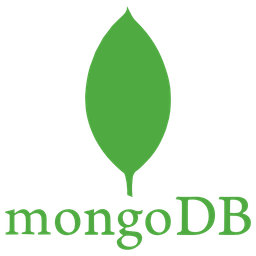- Overview
- Products
- Industries
- Services
Empowering You Through Digital Transformation
We share news, insights, analysis and research – tailored to your unique interests – to help you deepen your knowledge and impact.

As artificial intelligence becomes an integral driver of modern digital products, the underlying data infrastructure must evolve to support complex, dynamic, and large-scale workloads. MongoDB, a leading document-oriented NoSQL database, has emerged as a powerful enabler in AI product development—offering unmatched flexibility, scalability, and real-time performance. In this blog, we explore how MongoDB supports each stage of the AI development lifecycle and why it is increasingly favored by AI-first engineering teams worldwide.
MongoDB is a NoSQL database designed for modern application development. Unlike traditional relational databases, MongoDB stores data in flexible, JSON-like documents (BSON), enabling developers to work with complex data structures without rigid schemas. It is open-source at its core and offers a fully managed cloud service, MongoDB Atlas, which provides additional capabilities such as automated scaling, monitoring, and integrated analytics.

AI systems rely on massive volumes of data that are diverse in structure—ranging from structured tabular data to unstructured logs, documents, images, and even vector embeddings. MongoDB addresses this need through:
Let’s break down how MongoDB supports various phases of AI product development:
AI begins with data. MongoDB provides:
Feature engineering requires extracting and transforming large datasets:
MongoDB integrates with the broader AI and data ecosystem, including:
| Tool | Purpose |
|---|---|
| TensorFlow/PyTorch | Feeding structured and unstructured training data |
| Apache Kafka | Ingesting real-time data into MongoDB |
| Apache Airflow | Orchestrating end-to-end AI workflows |
| LangChain | Building RAG and LLM-based applications |
| Weaviate or Pinecone | For hybrid MongoDB + vector store architectures |
MongoDB Atlas extends the core database with advanced features tailor-made for AI workloads:
With Atlas, development teams get the infrastructure elasticity and reliability needed for compute-heavy AI workloads without the operational overhead.
MongoDB is far more than just a general-purpose NoSQL database. It has become an indispensable component of AI product development—serving as the data layer for ingestion, transformation, training, and deployment of modern intelligent systems. Whether you're building a real-time recommendation engine, a generative AI product, or a predictive analytics platform, MongoDB provides the performance, flexibility, and scale required to bring AI ideas to life.